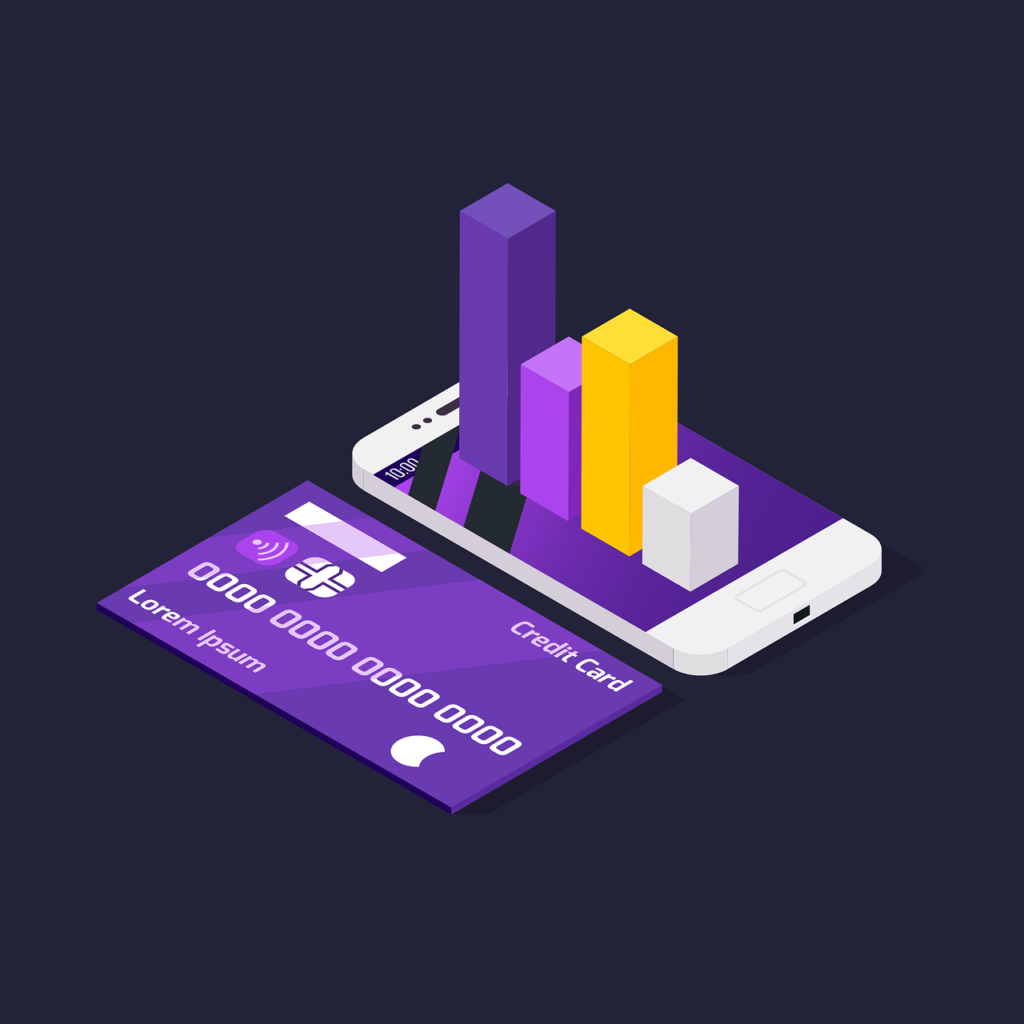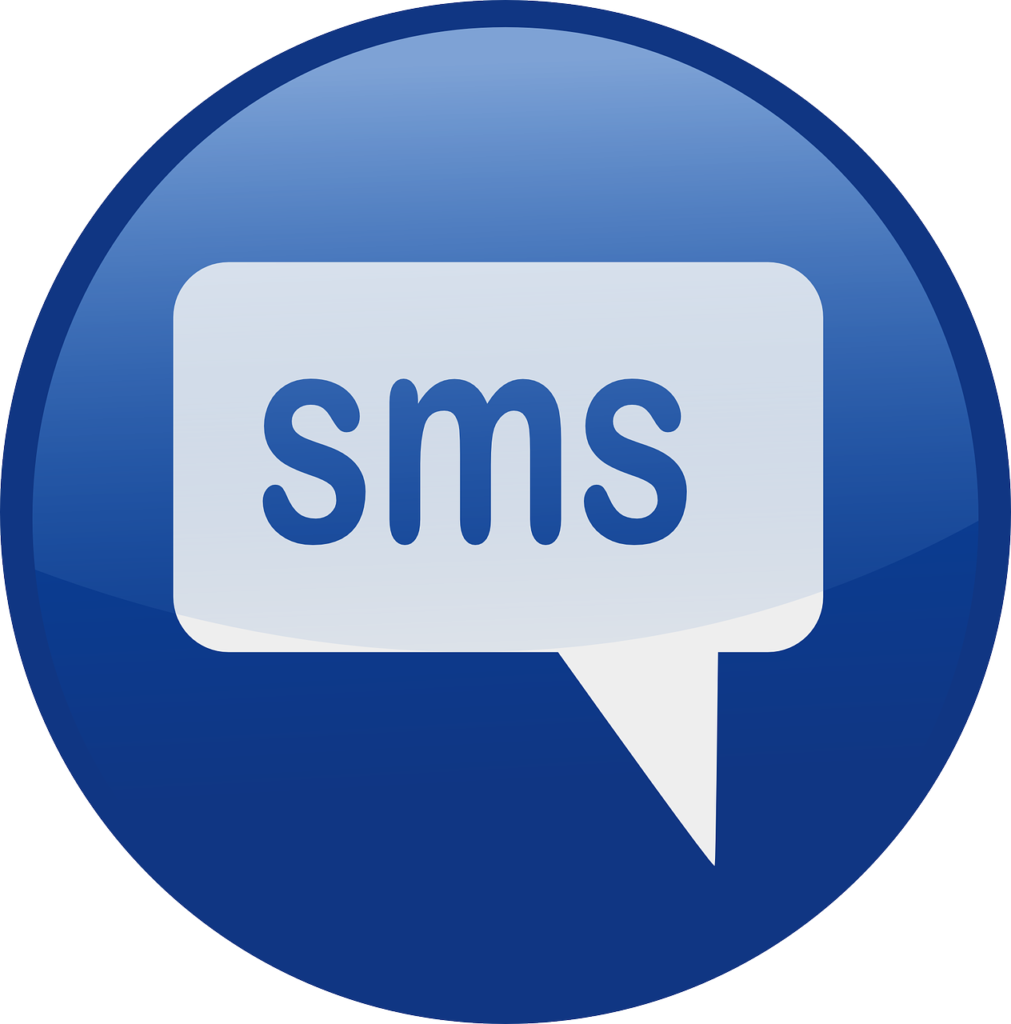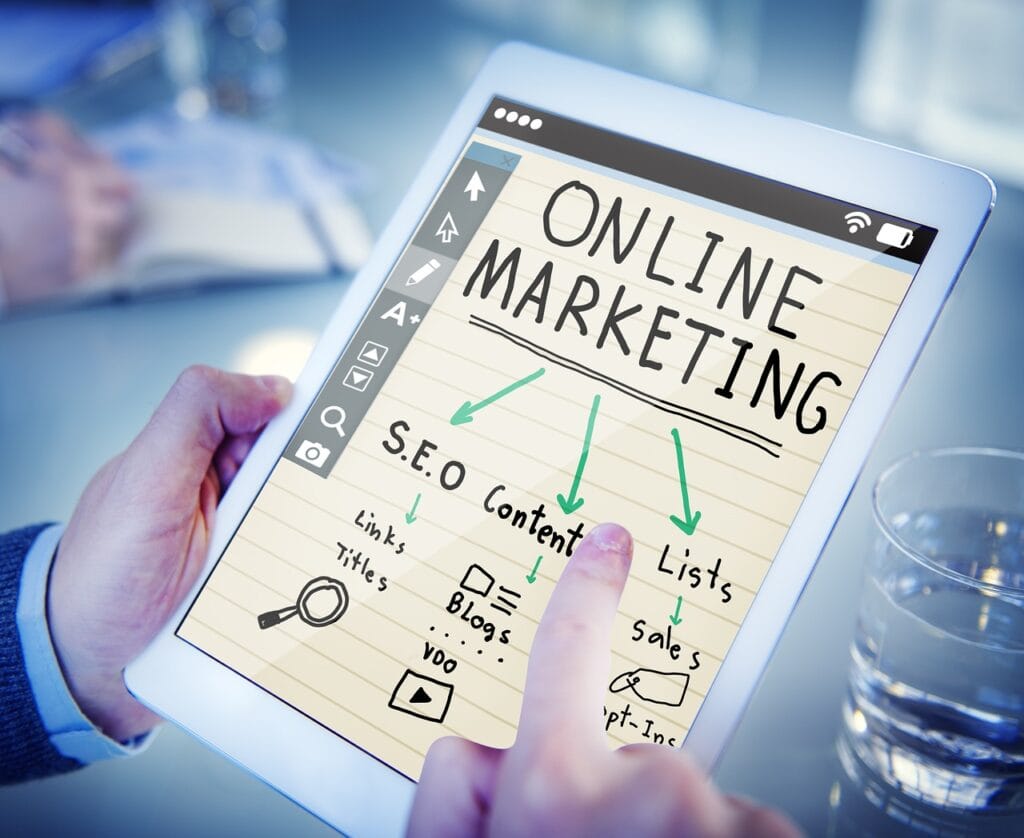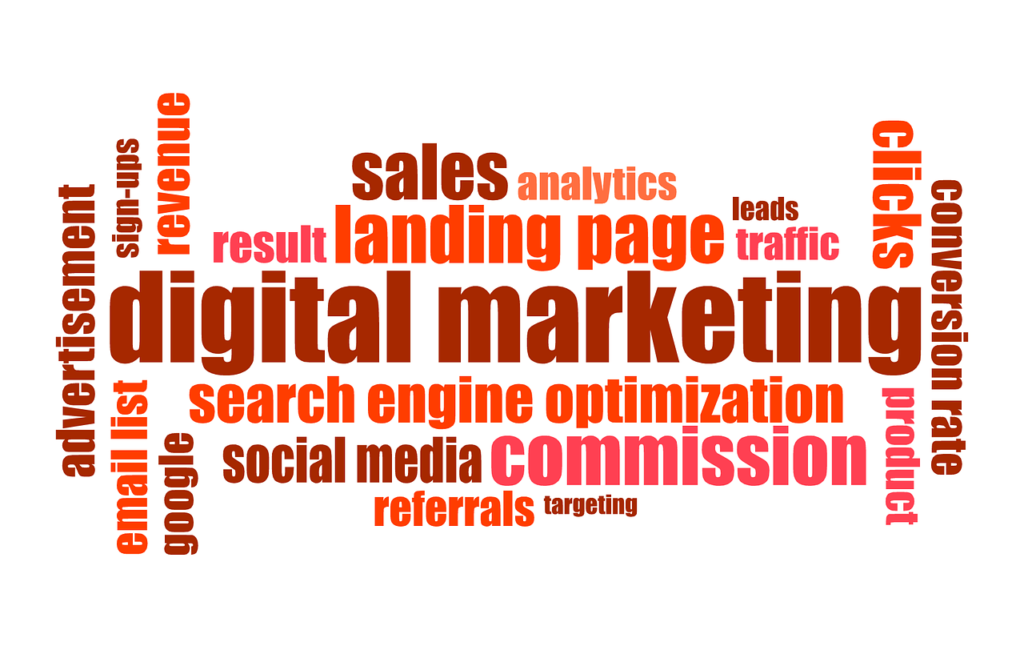Master the Art of Ecommerce Sales Funnels

The Ultimate Guide to Ecommerce Sales Funnels An ecommerce sales funnel is a strategic model that outlines the stages a customer goes through before making a purchase. These stages include Awareness, Interest, Decision, and Action, and they help businesses understand customer behavior, optimize marketing strategies, and increase conversions. By tailoring your approach to each phase […]
Do Sales Funnels Work in Driving Conversions

In today’s competitive business landscape, a well-designed sales funnel can be the game-changer you need to elevate your brand, improve customer relationships, and maximize profits. Do sales funnels work in driving conversions guides potential customers through a structured journey—from awareness to purchase—while building trust and addressing their needs at every stage. Whether you’re a small […]
Revolutionizing Customer Engagement with AI SMS Marketing

In the era of rapid digital communication, AI SMS marketing has emerged as a powerful tool for businesses to connect with customers in a personalized and effective manner. By leveraging artificial intelligence (AI) and customer data platforms (CDPs), companies can craft tailored messages that resonate deeply with individual users. This not only improves customer engagement […]
AI Marketing Strategies: Viral Content and Engagement

AI marketing is reshaping the landscape of digital strategies, offering innovative tools to create personalized, engaging, and highly impactful campaigns. By leveraging artificial intelligence and customer data platforms (CDPs), businesses can optimize their marketing efforts to reach wider audiences, boost engagement, and achieve measurable results. This guide explores how AI marketing strategies is revolutionizing […]
What is Digital Marketing Hacks: Strategies for Promoting Videos

Expanding Your Reach with Digital Marketing Hacks Digital marketing hacks are powerful tool for promoting videos and building a presence across platforms. It’s not just about creating great content—it’s about ensuring your content reaches the right audience. This guide provides actionable strategies for promoting your videos, leveraging social media, and collaborating with others to expand […]
4 Steps to Building Effective Dropshipping Sales Funnels in 2025

Introduction: When starting a dropshipping business, your ultimate goal is to transform casual browsers into loyal customers. However, at some poin t, you might encounter a roadblock where traffic flows in, but conversions seem stagnant. If you’ve faced this, it’s time to assess your dropshipping sales funnels and optimize them for success. A well-designed sales […]

